5 vegetable crops to grow in May for a homegrown harvest
Reap what you grow
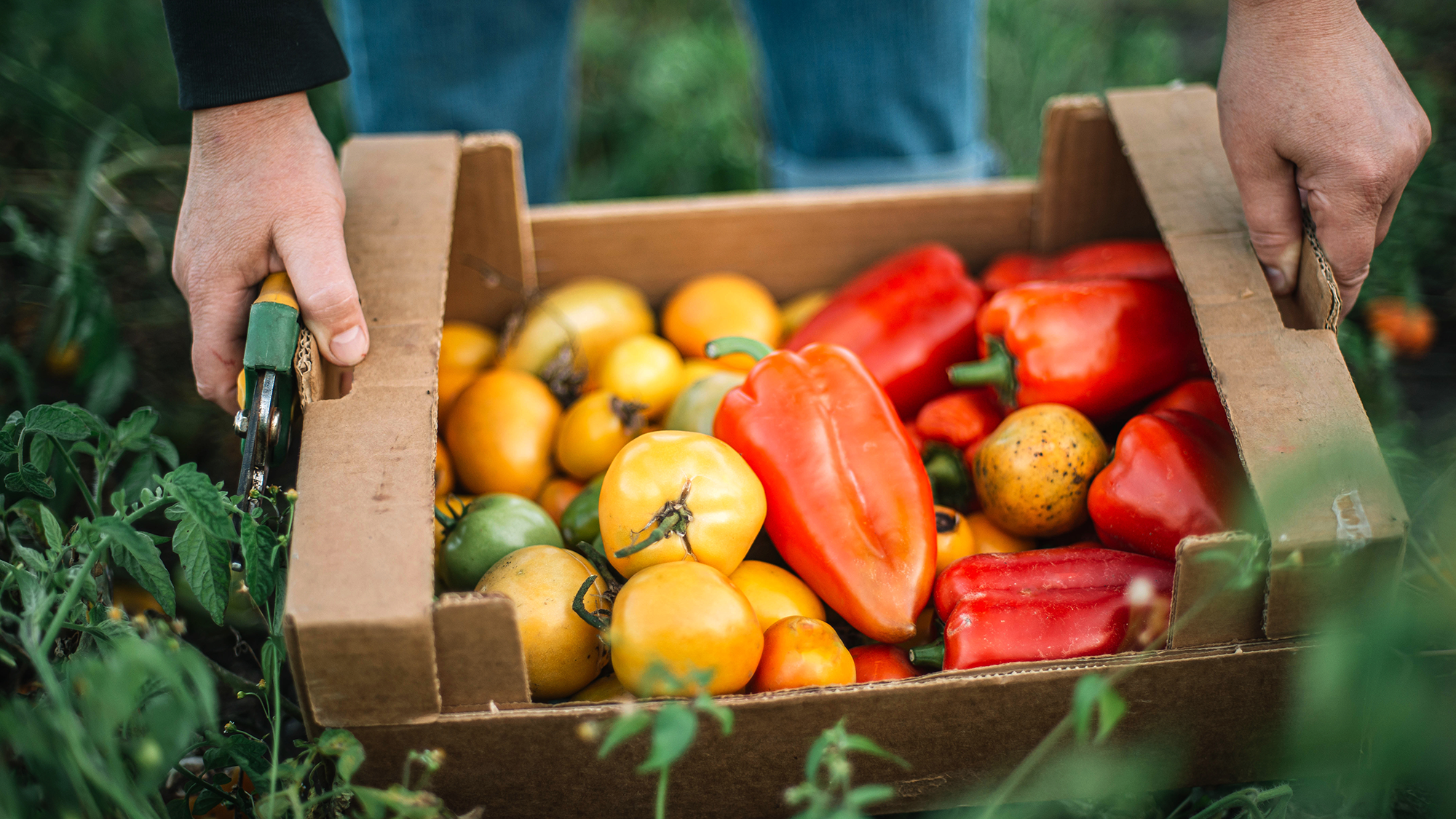
I love this time of year when I get to spend more time outside, tending to my flower beds, caring for my lawn and planting vegetables in my freshly dug soil. It gives me a great sense of achievement to watch new life grow and to then enjoy the fruits of my labor.
I live in the U.K, which unlike the U.S., has a much smaller land mass and wide-ranging weather pattern. This makes planting options much easier, as the last frost date and heat and rain levels are more consistent. However, in the U.S., before considering which vegetables to sow or plant, you need to know if your chosen specimen will survive in your USDA plant hardiness zone.
My homegrown veggies might not look as pristine as my grocery store purchases, but I’m perfectly happy to indulge in a wonky pepper or comedy carrot, because, for me, I’m not looking to grow a prize-winning vegetable garden. My ultimate aim is to enjoy tending to, harvesting and eating my own crop.
Whenever I have a spare moment this month, you'll find me pottering about in my yard, gardening gloves and trowel in hand, tending to my vegetable patch. And to help you choose which vegetables to plant in May, so you too can enjoy a homegrown crop, I've called in the help of garden experts to share their top tips and advice.
You might also be interested in 5 flowers to plant in May for a beautiful summer garden and I'm a mom who loves gardening— here are 3 gifts I'd like to receive on Mother's Day.
1. Lettuce
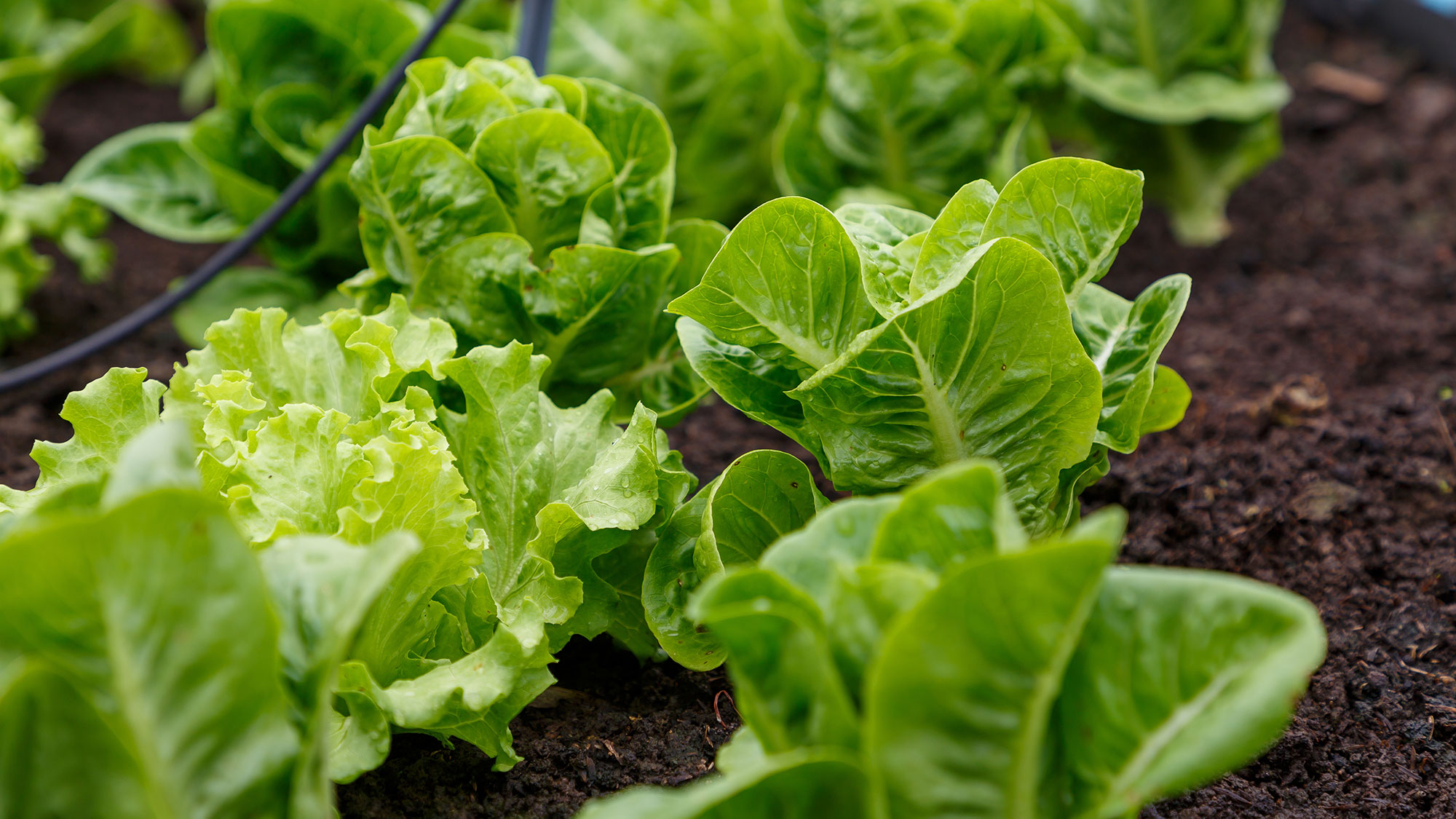
Sara Rubens, garden coach and founder of Seed to Sanctuary, says, “Lettuce is one of the easiest greens to grow and great for quick harvests.”
“It loves cooler weather, partial sun (especially in hot zones), and moist, rich soil. Feed it lightly every couple of weeks, and it’ll keep coming back if you harvest the outer leaves.”
And while we typically think of lettuce as a cool-weather veggie, Jen McGuinness, author of Bird-Friendly Gardening and Micro Food Gardening, says, “There are many varieties that will still produce in the warmer summer months,” and advises, “Look for varieties that advertise having bolt tolerance.”
She also says that placement is key, “I like to plant my lettuce during the summer months in the shade of larger veggies.”
Get instant access to breaking news, the hottest reviews, great deals and helpful tips.
This crispy salad vegetable doesn’t have to be planted in a conventional vegetable patch, as she also recommends growing it in containers in partial sun.
Lettuce is best suited for zones 4–10, with Rubens adding it works well when planting with carrots, radishes, and cucumbers. (See our USDA plant hardiness zone checker for more info on zones).
Top tip
For a crop that keeps on giving, Rubens suggests you try succession planting, “Instead of sowing everything at once, stagger your plantings of lettuce, carrots, and other quick growers every couple of weeks to keep the harvests coming.”
2. Tomatoes
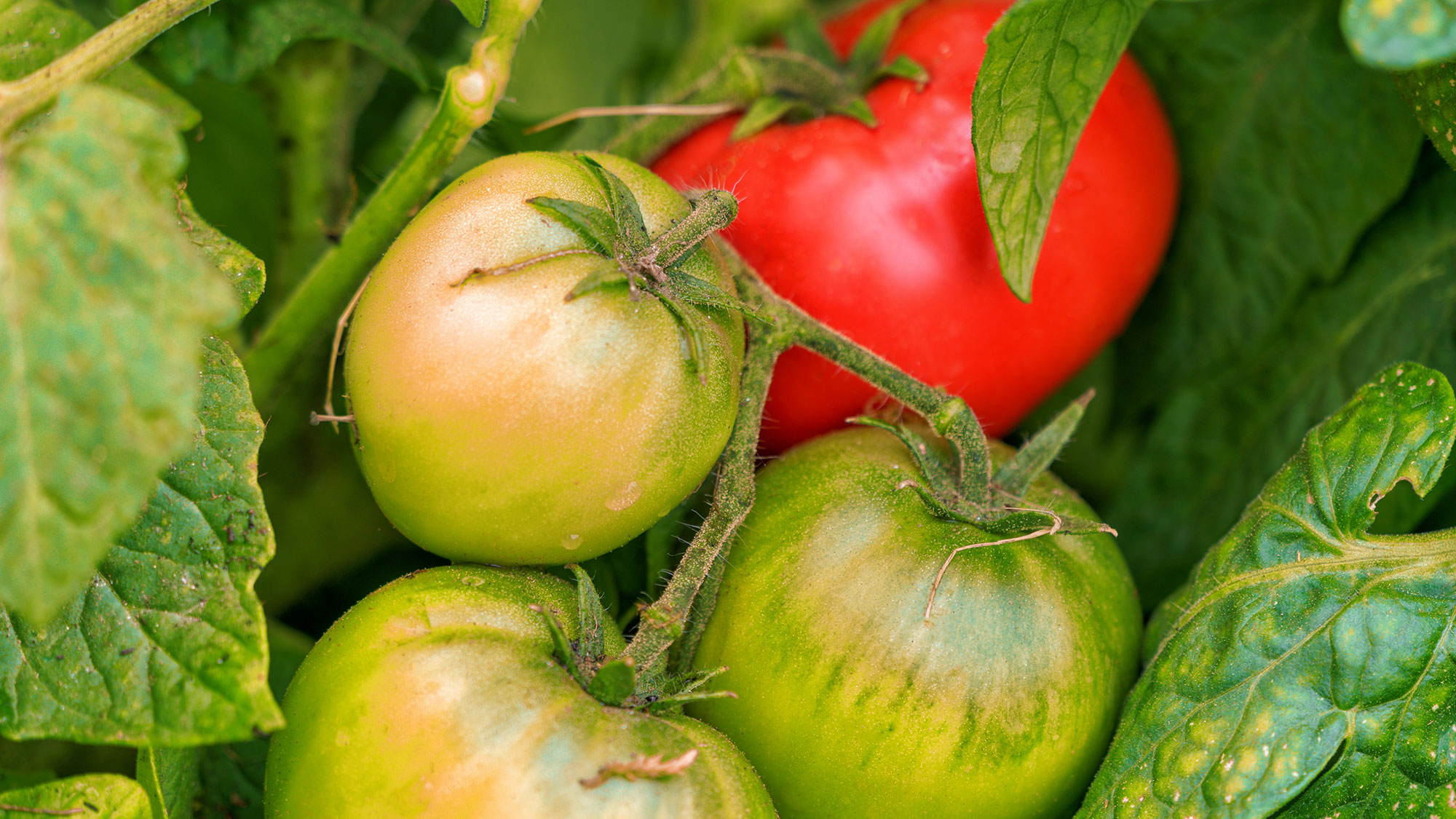
“Tomatoes are a summer staple, and once you taste homegrown, you’ll never go back,” says Rubens.
I couldn’t have said it better myself. There’s nothing like the smell and taste of a tomato you’ve grown in your backyard. And once you get hooked, you’ll want to grow them year after year.
Apart from the taste, they are good for you, too. Gloria Sims, florist, plant expert, and owner of Florist Empire, says, “They’re packed with nutrients — especially lycopene, an antioxidant for heart health and reduced cancer risk.”
And for their flavor, she recommends growing heirlooms like Brandywine or Cherokee Purple.
For the best planting, Sims looks for loamy, well-draining soil and mixes in lots of compost. “Tomatoes are heavy feeders so I add a handful of bone meal or fish emulsion to the planting hole for a slow release of nutrients.”
Tomatoes are a summer staple, and once you taste homegrown, you’ll never go back
Sara Rubens
Planting in a sunny position and keeping them watered is also essential, “They need 6 to 8 hours of direct sun and consistent deep watering, ideally at the base to prevent leaf disease,” and adds, “The soil should be evenly moist but not soggy.”
Once the fruit sets, when the flowers are pollinated, fertilized and develop into tomato fruits, Sims suggests adding a fertilizer high in potassium and phosphorus, such as 5-10-10 Tomato and Vegetable Fertilizer, that’s $19 at Amazon.
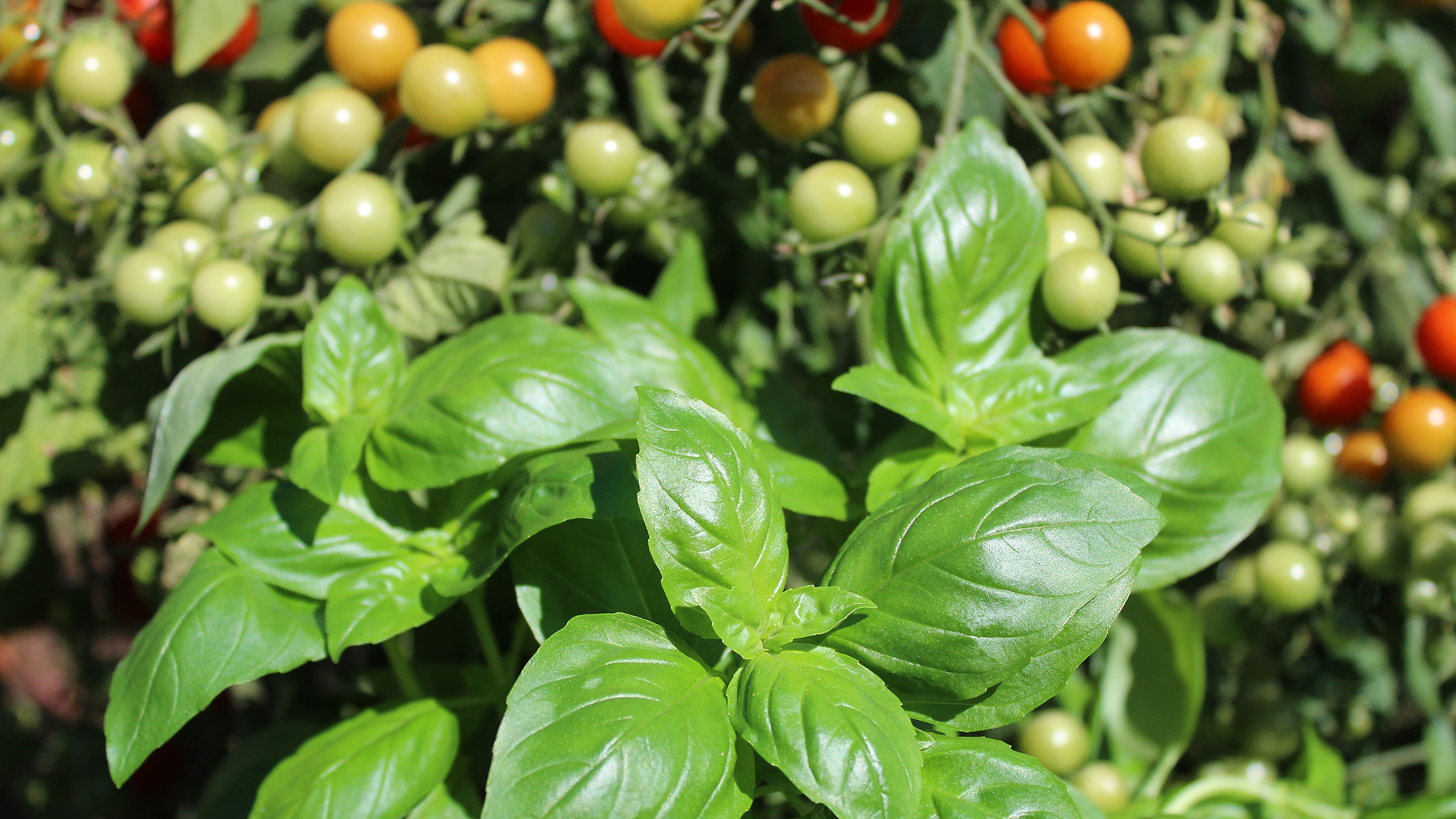
Tomatoes will thrive in zones 4–10, with Rubens suggesting they pair well with basil, carrots, and marigolds, one of the flowers to plant in May.
Apart from keeping away whiteflies and hornworms, Sims says using basil as a companion plant will improve the flavor of your tomatoes, while marigolds will repel nematodes, and chives or garlic act as natural fungicides. But she warns, “Don’t plant near corn or potatoes, which share pests like the tomato fruitworm and blight.”
Top tip
When planting, Sims says, “Bury the tomato stem deeper than it was in the pot — up to the first set of true leaves. The buried stem will grow more roots and result in healthier plant."
These garden gloves are made of nylon and nitrile and come in three sizes — small, medium and large. They offer excellent non-slip properties, are comfortable around the wrist, breathable and machine washable. At Tom's Guide, we recommend them as the best overall gardening glove.
3. Peppers
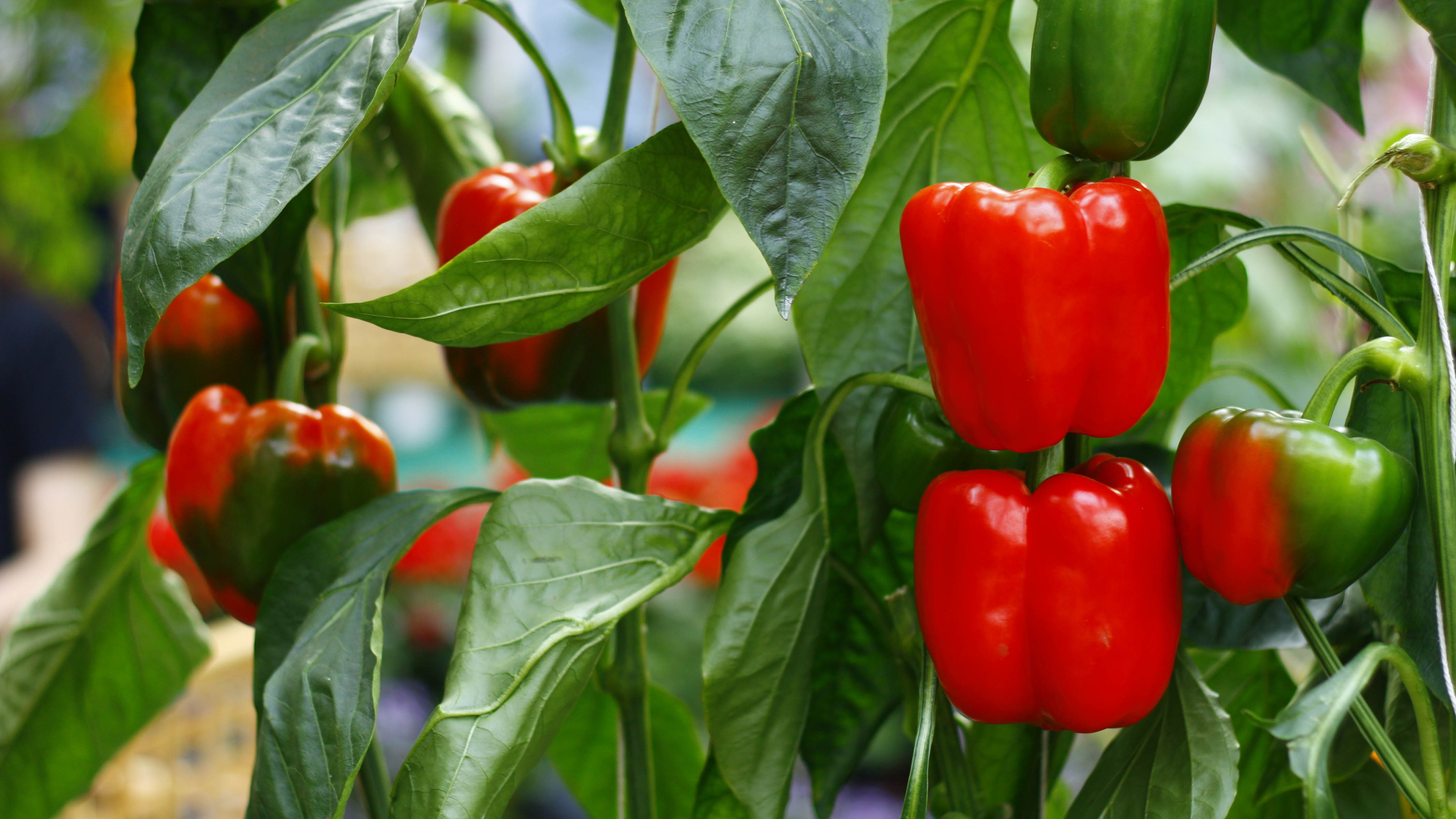
Peppers, like tomatoes, thrive in a warm climate, and one of McGuniness’ favorites is ‘Mad Hatter,’ which she plants intermingled with zinnias.
I enjoy eating peppers sliced into a fresh salad or cooked in a hearty hot meal. They are rich in vitamins C and A and provide potassium, magnesium, and iron to our diets.
Peppers also add a rainbow of color to our plates. Choose between red, green, yellow, orange, and even purple. If you can’t stand the heat, choose bell peppers that are mild and sweet, while the brave may prefer the habanero!
Rubens says that sweet and hot peppers love heat and sunshine, and they are surprisingly easy to grow with the right setup. “Plant them in well-draining, compost-rich soil in a sunny spot, with at least 6–8 hours of sun.”
According to Gardenia, Fennel is known to inhibit the growth of pepper, and many other plants. It states, “It secretes a chemical called anethole that can stunt the growth of nearby plants and also attracts pests such as aphids.”
She advises to keep the soilmoist, but not soggy, and to feed them every couple of weeks once the fruits start to form.
“Zones 5–10 are ideal for peppers, and they grow well with basil, onions, and carrots,” although she warns, “Avoid planting them near fennel or beans.
Top tip
For the best crop, Rubens recommends pitching off the first few flowers to help the plant focus on root growth.
4. Carrots
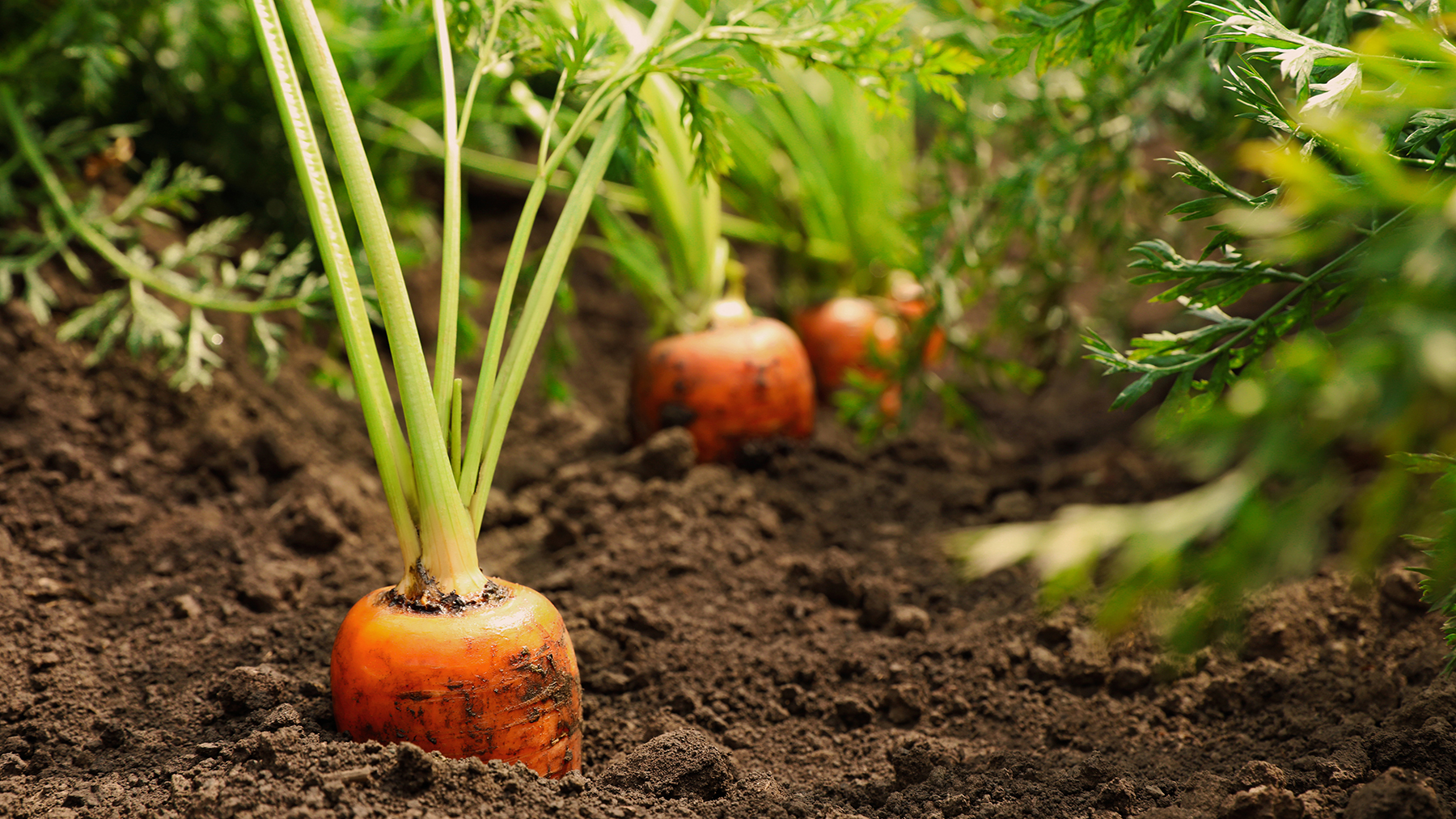
“Carrots in May are ideal,” says Sims, “especially in cooler climates where early spring soil might have been too cold.”
This root vegetable is also low maintenance to grow, and it stores well, which Sims says makes it a good crop.
And they are super satisfying to harvest, “Especially when you pull them up to see those bright orange roots,” says Rubens.
Carrots seem to have a lot going for them from the grower’s perspective, but they are also good to eat. They are full of vitamin A, which supports growth, vision and cell function.
For best results, Sims recommends preparing a loose, deep soil bed free of rocks or clay clumps, saying a sandy loam with a pH of 6.0–6.8 is ideal. But she prefers not to add fresh compost or manure before planting, “as too much nitrogen can cause forked or hairy roots.”
Carrots are sun lovers, but they can handle partial shade. Sims also adds that they prefer consistent moisture during germination, advising to “keep the top inch of soil moist until sprouting — usually around 14–21 days.”
Carrots grow well in zones 3-10, and Rubens like to grow them next to onions and leeks, which repel carrot root fly. Sims adds that radishes are a great interplant crop; “they germinate faster, loosen the soil and help mark the rows.”
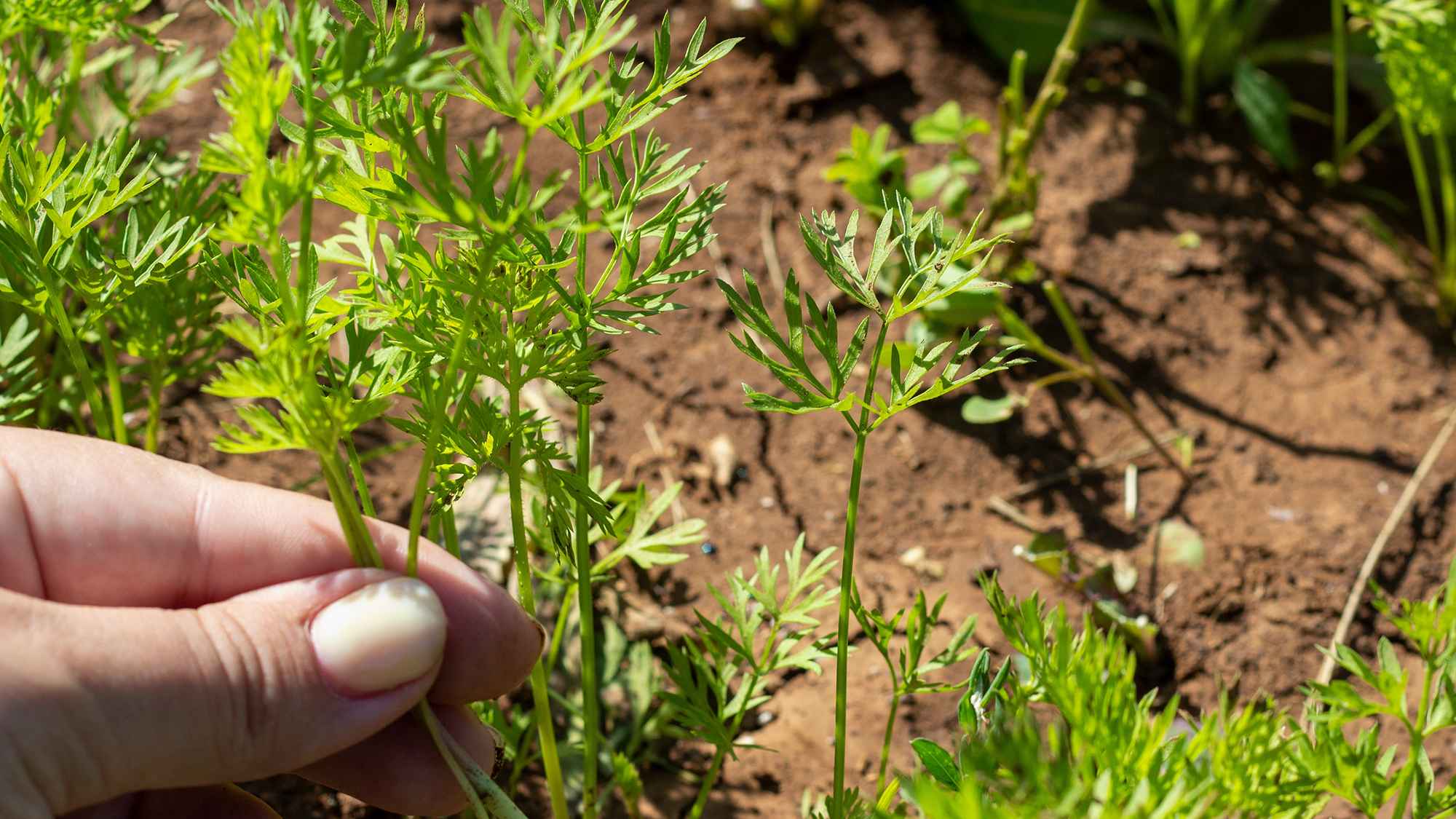
Top tips
“After sowing, I like to cover the seed bed with a burlap sack or board to hold it in moisture and prevent crusting," says Sims, "Just remove it as soon as the sprouts emerge.”
Rubens also recommends thinning the seedlings out once they start to sprout, giving them plenty of space to grow.
5. Zuchinni
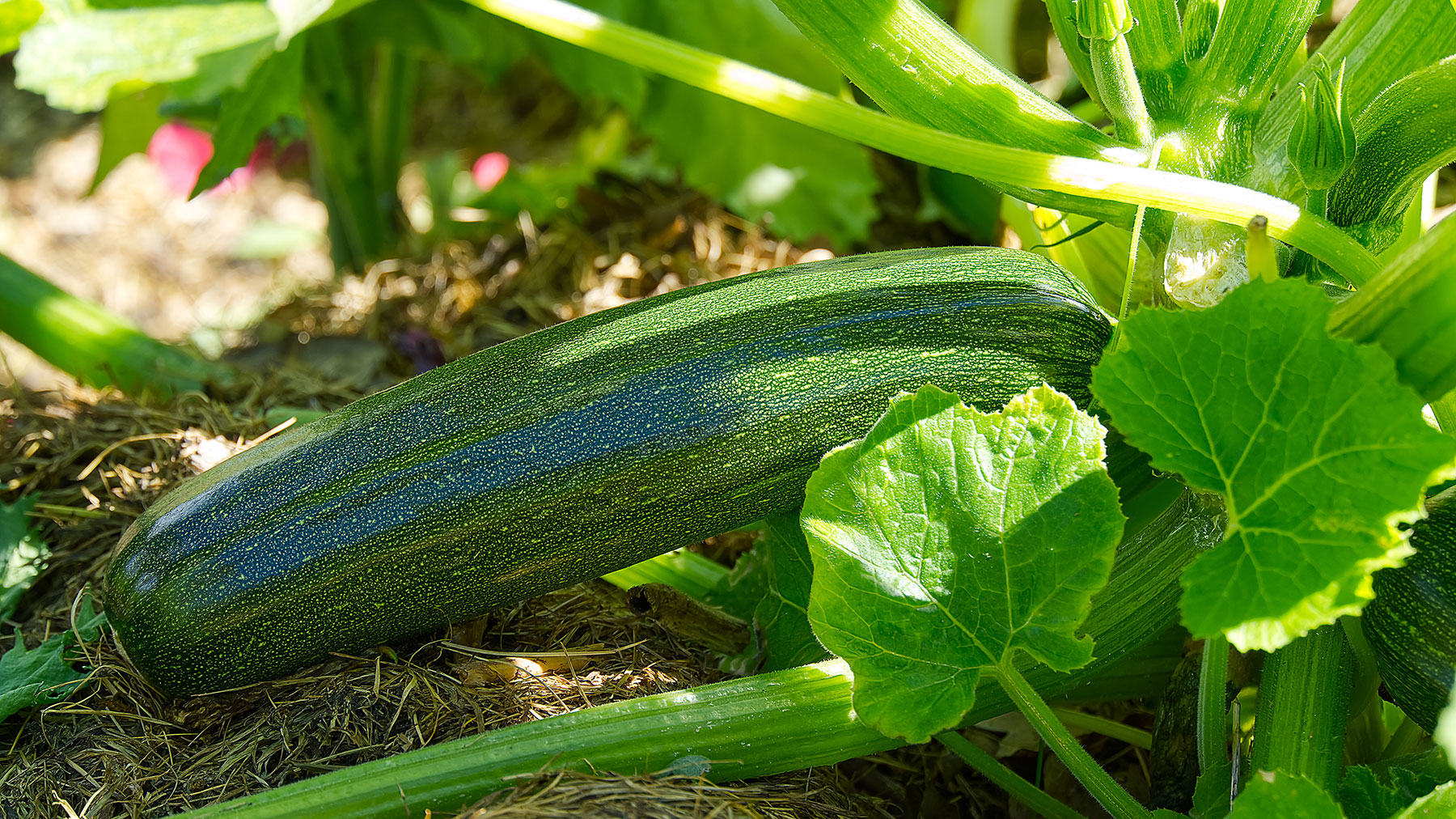
“Zucchini is a dream plant for May because it grows fast and yields heavily — you’ll be harvesting in just 45–60 days,” says Sims.
After growing just a few plants, I had a bumper crop, with plenty to share around the neighborhood.
Apart from yielding a good harvest, Sims says, “It’s packed with vitamin C, potassium and antioxidants. And it’s super versatile — grilled, spiralized, even baked into chocolate zucchini bread!”
I haven’t yet tried chocolate zucchini bread, but I have baked a zucchini loaf — and it’s easier than you think.
“Zucchini loves warm, fertile soil ideally rich in compost with a pH of 6.0–7.5,” says Sims. She plants hers in hills or mounds, spaced about 3 feet apart to provide ample air circulation. If they are too close the plants are susceptible to powdery mildew, which I experienced last year.
I haven’t yet tried chocolate zucchini bread, but I have baked a zucchini loaf — and it’s easier than you think
She then adds 1–2 tablespoons of balanced fertilizer (like 10-10-10) to each mound, which she mixes with soil before planting.
Sims also recommends that the plants get at least 6 hours of full sun and are mulched well to conserve moisture and suppress weeds.
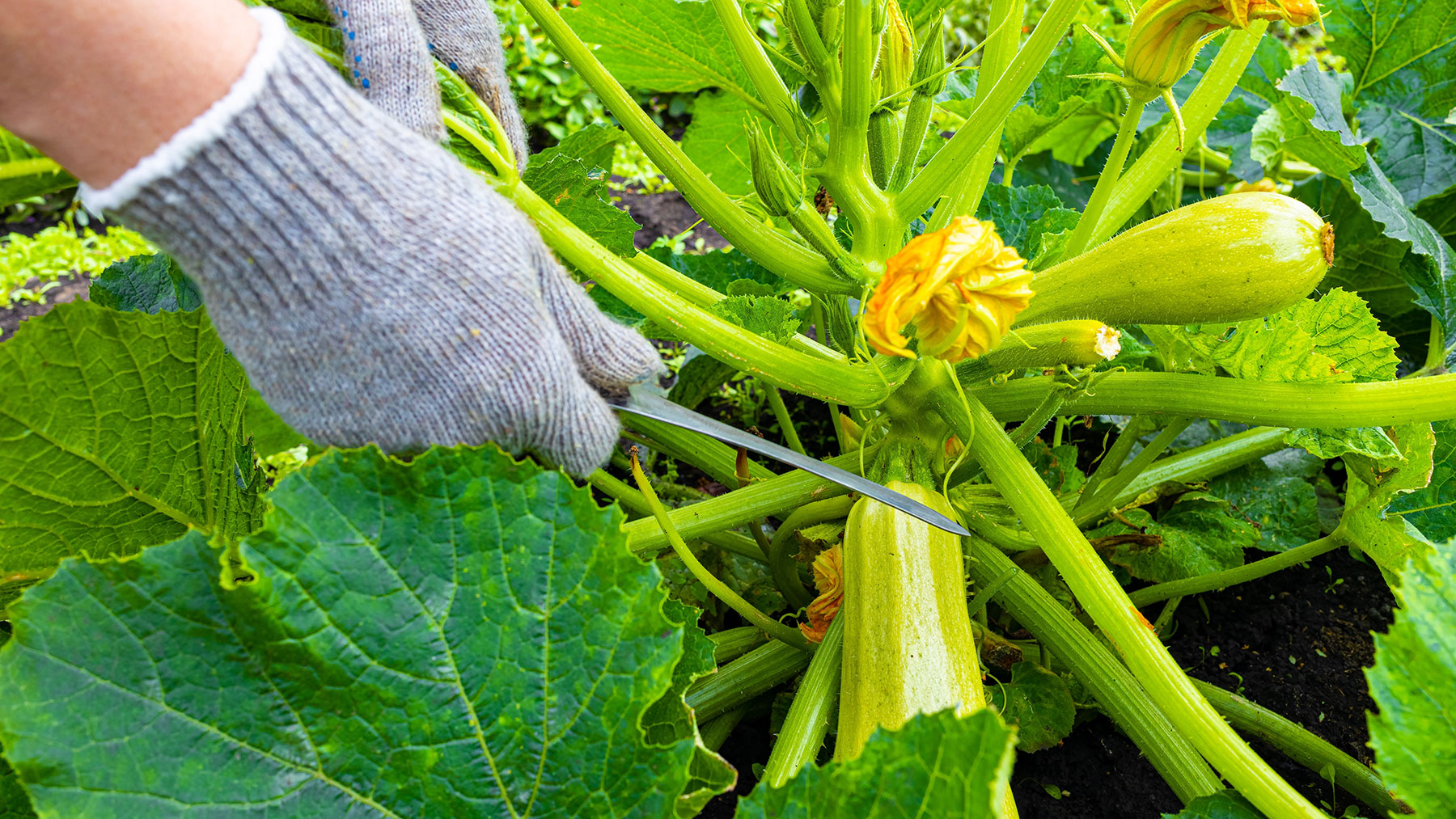
You’ll also need to keep on top of watering. “Zucchini drinks a lot,” says Sims, “An inch of water per week is minimum, they’ll need more during fruiting.”
The fruits are ready to harvest when they are about 6-8 inches long. At this point Sims says they are tender and the plant will produce more.
Zucchini does well in zones 3 to 9, while in cooler zones, Sims recommends waiting until soil temperatures are above 60°F.
Nasturtiums make ideal companion plants as they repel squash bugs, while beans help to fix the nitrogen level in the soil. Sims also mentions that corn can be grown to create dappled shade.
However, she warns, “Don’t plant near cucumbers or melons, which compete for the same nutrients and are susceptible to the same pests.”
Top tip
To prevent powdery mildew, Sims recommends watering the base of the plant. And if space is tight, she suggests planting bush varieties, like ‘Black Beauty’ in containers.
More from Tom's Guide
- Discover the best pruning shears
- And the 9 easiest vegetables to grow for beginners
- Plus, 10 vegetables you can grow in pots

Camilla is the Homes Staff Writer and covers everything to do with homes and gardens. She has a wealth of editorial experience, mounting over 30 years, and covers news and features, tests products for reviews and compiles buying guides.
Her work has appeared in business and consumer titles, including Ideal Home, Real Homes, House Beautiful, Homebuilding & Renovation, and Kitchen & Bathroom Business. She’s even appeared on the cover of Your Home, writing about her own house renovation.
Although she’s obsessed with decorating her home, she also enjoys baking and trying out the latest kitchen appliances. But when she’s not inside, you’ll find her pottering about in her yard, tending to her vegetable patch or taking in her prized hydrangeas.
You must confirm your public display name before commenting
Please logout and then login again, you will then be prompted to enter your display name.

